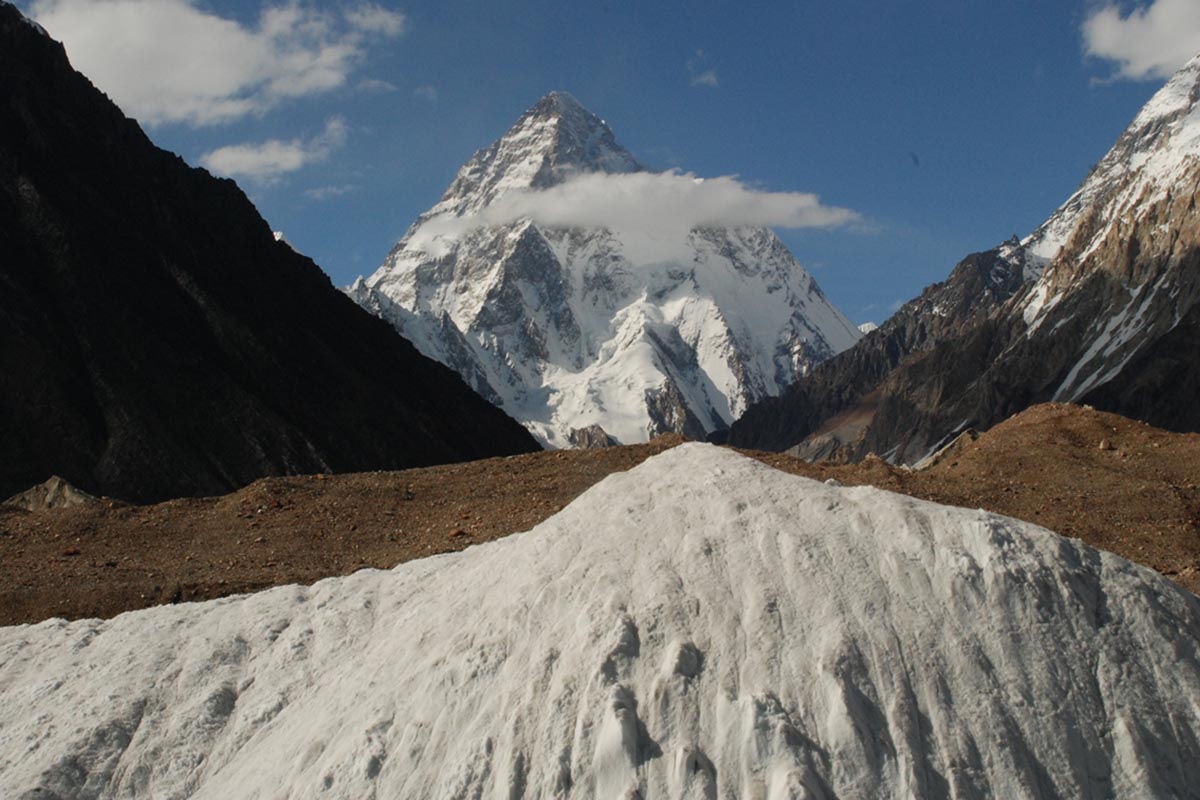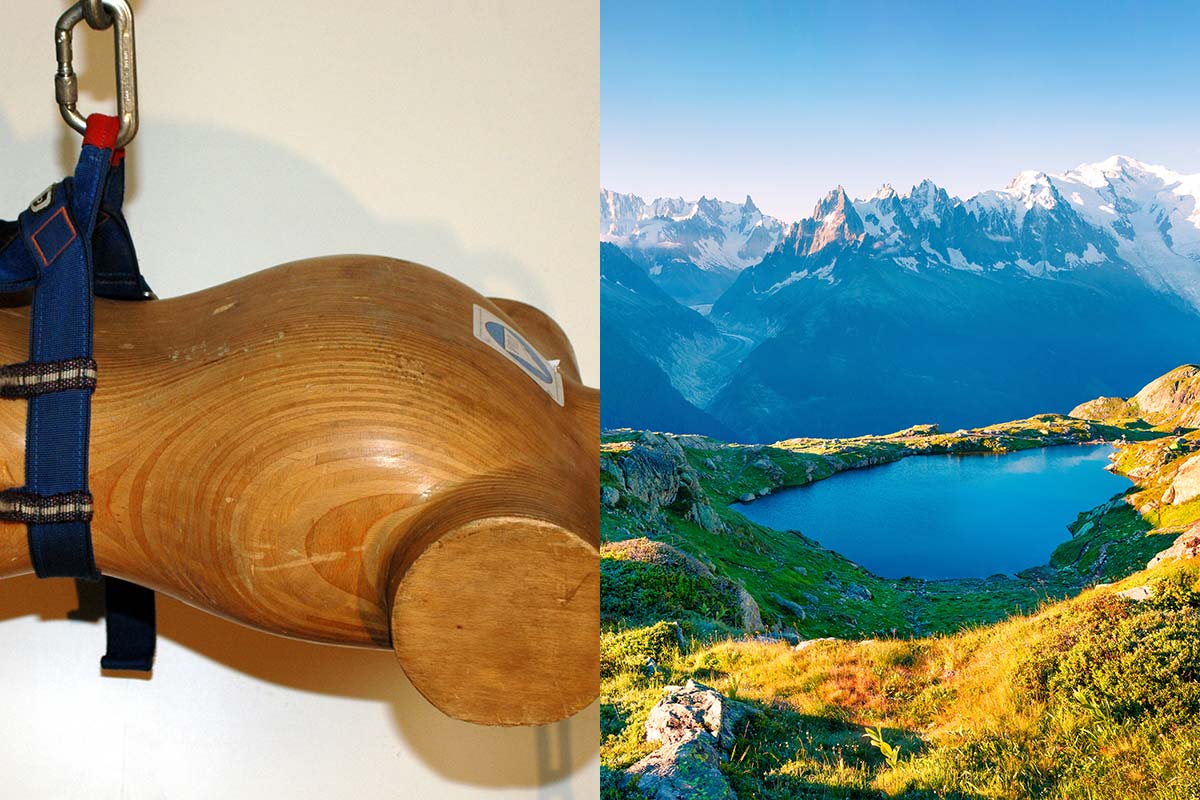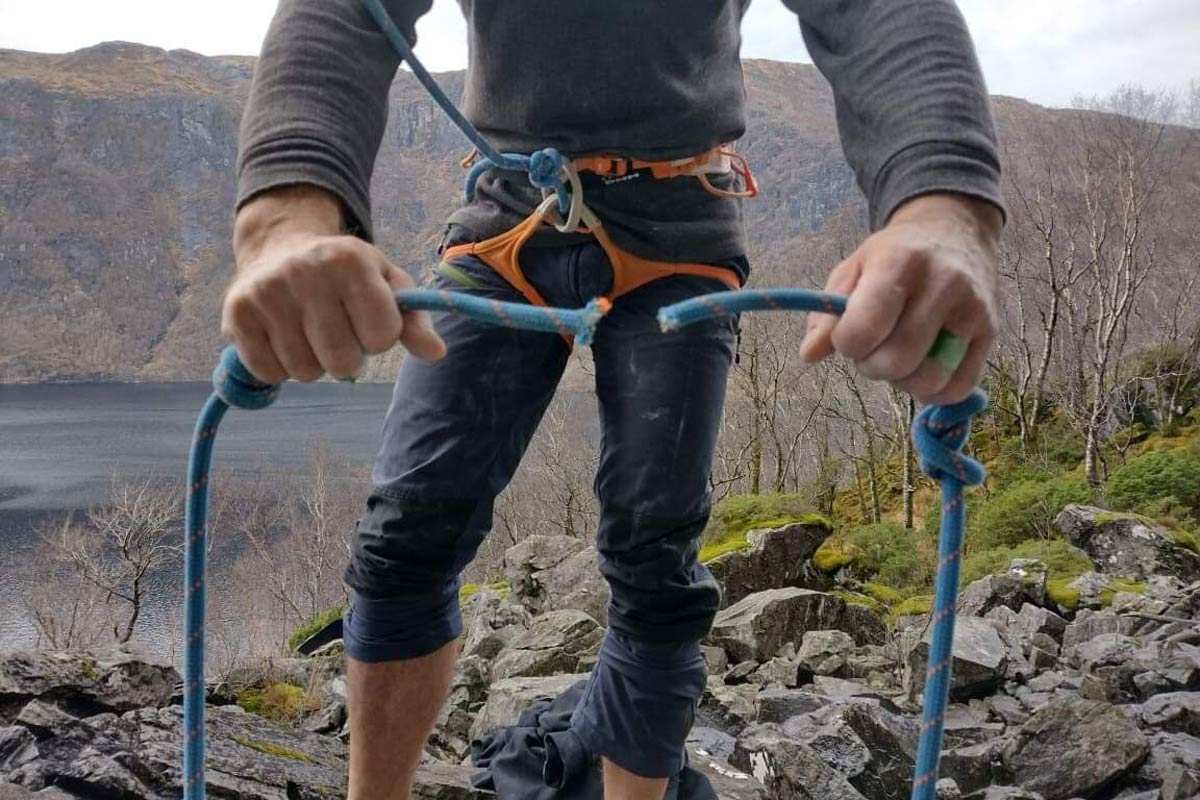Born in Bergamo, Italy, Walter Bonatti made his first big ascent of the north face of the Grandes Jorasses, Pointe Walker in the Mount Blanc range. At the tender age of 19, he started training to become a mountain guide.


(22 June 1930 – 13 September 2011)
In 1951, Bonatti made the first ascent of the East face of the Grand Capucin and two years later, he made the first winter ascent of the North face of the Cima Ovest di Lavaredo in the Dolomites.
Bonatti was 24 years old when he was chosen to join the Italian K2 expedition in 1954, the youngest man on the team. The Italian was not one of the two climbers who reached the summit, but he helped them by transporting oxygen to an altitude of 8,100 meters. He and his Hunsa colleague, Amir Mahdi, had to spend the night out in the open at this altitude, which no-one thought possible to survive. Bonatti has always claimed that the summit climbers refused to help them and left them to die. Although the rest of the expedition members denied this for decades, Bonatti’s story and his role in the first ascent were later confirmed.
Bonatti became famous for his pioneering and technically difficult climbs, solo and winter climbs and first ascents. He only took on mountains that offered almost impossible challenges.
In 1955 he made a solo climb of a new route of the Petit Dru in the French Alps, surviving six days and five nights up on the 1,000m high face. One of the pillars in this climb became known as the Bonatti Pillar.
The following year, together with three friends made the first ski touring trip across the entire Alpine range. The route was 1,795km long, with 73,193m of ascent over 66 days. In 1958, he made the first ascent of the Gasherbrum IV (7,925m).
In 1963 he completed the first winter ascent of the North face of the Grandes Jorasses, Pointe Walker.
Another of his famous achievements was making the first solo winter ascent of the direct route on the Matterhorn North Face in 1965.
The renowned mountaineer Doug Scott has called Bonatti “perhaps the finest alpinist there has ever been.”
He is well known for his strong ethics and disdain for the use of modern technology in climbing. He kept strictly to the traditional methods and considered both drilling holes and inserting bolts unethical. He has said that modern equipment has lessened the accomplishments of climbers: “The ‘impossible’ has lost more and more ground, and great achievements have become rather less great.”
Bonatti is the author of numerous books about climbing and mountaineering which have been translated into many languages. The most famous is perhaps “The Mountains of My Life.” He also worked as a photojournalist and between 1965 and 1979 he travelled the world reporting for the magazines Epoca and Bild der Zeit. Walter Bonatti was awarded the French Legion d’Honneur for saving the lives of two other climbers in the Alps. He was elected honorary member of the UIAA in 1995.



